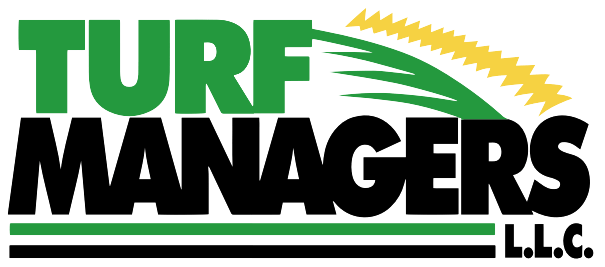Lawn aeration is the art of introducing small holes into the lawn by systematically removing half- to three-quarter-inch cores from the ground. This act loosens soil that has compacted over time, especially in dry seasons.
Overseeding is simply spreading additional seeds on your lawn; overseeding helps strengthen and thicken your lawn. Aeration and overseeding, performed together, these tactics can help treat bare or thin patches of grass and encourage the lush, green lawn you desire. Autumn is an ideal time to aerate and overseed your lawn.
However, there are some common aerating and over seeding mistakes that can result in the tactic being less productive, useless, or worst of all, damaging to the very yard you’re trying to help. Here are five common overseeding and aerating mistakes to avoid.
Pitfall 1: Lawn Aeration Equipment Issues
You wouldn’t start baking a cake without the right tools (ingredients, measuring devices, oven, etc.). Nor would you begin without a recipe or know-how. The same thing should be true with lawn care. You need to have the right equipment and know how to use it properly. Just like you wouldn’t try to bake a wedding cake in an Easy-Bake Oven, why are you trying to aerate a large piece of property with aeration shoes? (These can be useful in very tight, small spaces.)
Ensure you have the proper equipment. A walk-behind plug aerator will give you consistent, evenly-spaced aeration plugs, acting as ideal seedling holes for overseeding and relieving the dirt of compression and compaction. Of course, having the right equipment is only useful if you have the knowledge and ability to use it correctly. This equipment can be heavy and awkward and the tines must be disengaged at each turn or you risk bare spots later.
Pitfall 2: Lawn Aeration in the Wrong Season
Aerating and overseeding should be done when the new grass seeds have the best opportunity to develop strong, deep roots. Do it during summer and the hot sun and dry environment causes roots to be shallow or the grass not to take because of the harsh environment. Do it too early in the year and a frost could kill the grass seeds. Fall is an ideal time for the task because the temperature of the soil is warm enough to support and encourage new growth.
Pitfall 3: Moisture Matters
If you try to aerate when the soil is overly dry, you’ll run into a couple of potentially major problems. The first is straight-up fatigue. The drier the dirt is, the harder and more compact it is. This means you will have to exert much more manual energy in pushing a machine or in penetrating the soil. Slightly damp soil is much easier to maneuver, both in length and depth.
Secondly, dry soil is stressed soil. If you wait until the day after a nice soaking rain, you’ll find the grass and soil more receptive to the process. Once you’ve over-seeded your slightly damp lawn, you’ll need to keep the soil moist. Watering is critical to sustain growth and establish roots. You cannot rely solely on a natural rain cycle. Be smart when watering your lawn. Daily watering (enough to keep at least the top ¼ inch of soil moist) is necessary to foster growth. Once you begin to see new sprouts, you can begin to taper off watering to your previous schedule.
Pitfall 4: Premature Mowing
Once you overseed, you need to give your grass a bit of a breather. If you mow too quickly, you remove the environmental protection that the taller, more established grass affords the seeds. Give them time to acclimate and establish roots before you mow. Depending on the grass type and the region in which you live, it could be anywhere from two to four weeks before you should mow. Enjoy the break from mowing and focus that allotted time and energy on other fall yard projects.
Pitfall 5: Premature Weed Killing
Much like mowing too quickly, if you try to fight lawn weeds with a chemical or herbicide weed killer, you risk burning, damaging or killing the young grass sprouts. Let the weeds go for a little bit (we recommend four to five mows after the seeds have sprouted). Allow the new seeds to establish strong, firm roots before applying weed killer.
Avoiding these aerating and overseeding pitfalls can ensure your efforts accomplish your goals. Feel free to contact Turf Managers for answers to your aerating and overseeding questions. Or, let us take on the job, with our aeration and overseeding service. Call now at 615-269-7706 for a quote.


